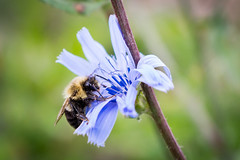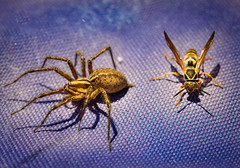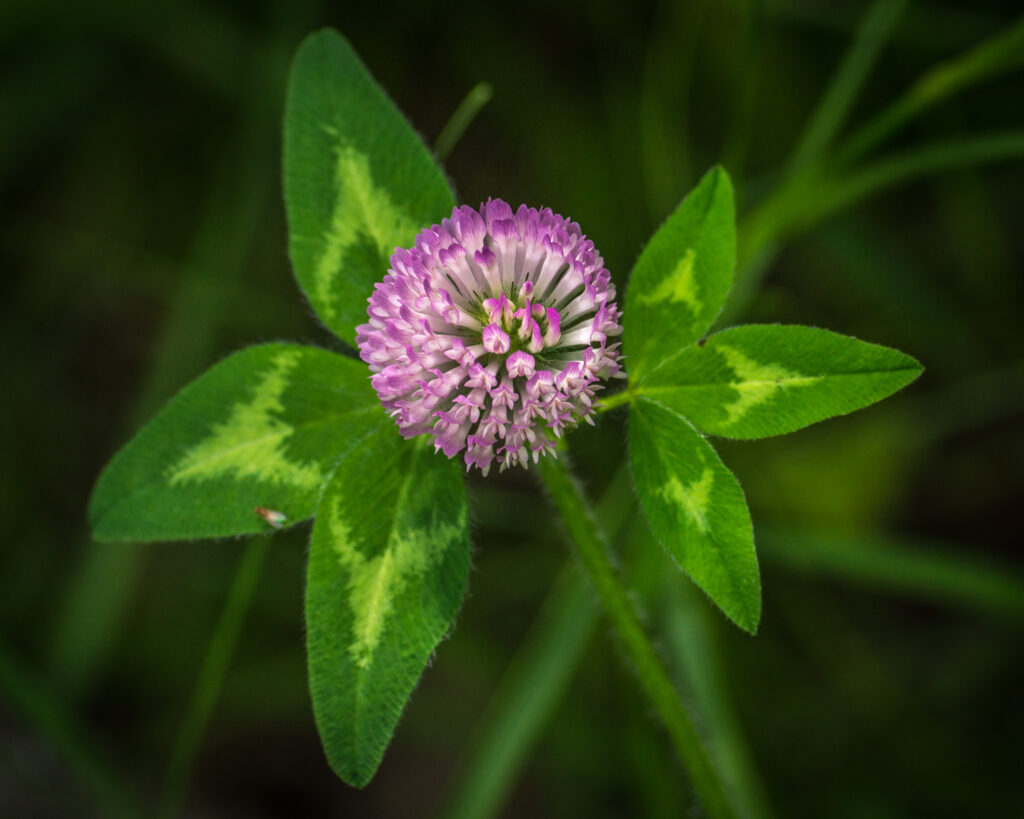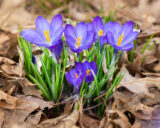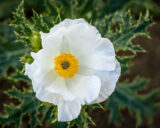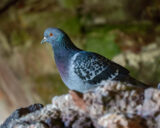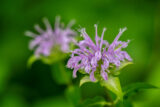Over Purple Clover
Even the very simple and common can be a work of beauty. While walking through the woods in NW Missouri I came upon this solitary stalk of purple clover blooming. It was early spring and about the only thing blooming in the woods.
Purple Clover is also commonly called Red Clover. According to North Carolina State Extension…
The common name for Trifolium pratense, Red Clover, can be confusing as the flowers are more a pink to pink/purplish, not a true red. It is grown as a forage crop for pasturage and hay for livestock. It is a nitrogen-fixing plant and is often grown as a cover crop to improve soil fertility. Its native habitat includes fields, pastures, meadows, waste areas, and along roadsides. It can be found in grassy locations that are not regularly mowed.
It can be easily distinguished from other varieties of clover by the large pink flower heads as well as the chevrons that appear on the leaflets.
Its flowers have a honey-like fragrance. The foliage can produce a pleasant clover-like scent. The flowering heads and foliage are both edible, both raw or cooked. Its young leaves should be harvested before the plant flowers. They can be used in salads or soups or cooked similar to spinach. The flowering heads as well as the seed pods can be dried and used as a flour substitute. The young flower are also eaten raw in salads.
It has also been widely used for athlete’s foot, constipation, ulcers, corms, and menopause. Red clover contains isoflavones. The edible flowers taste sweet or like hay but they are not easily digestible. Do not eat the flowers if pregnant or nursing.
All of the photos I post are available for purchase. If you’d like to buy one, click on the blue “Buy this Online” bar below for a variety of print and frame options or contact me (pops@popsdigital.com) for digital purchase and licensing options.






